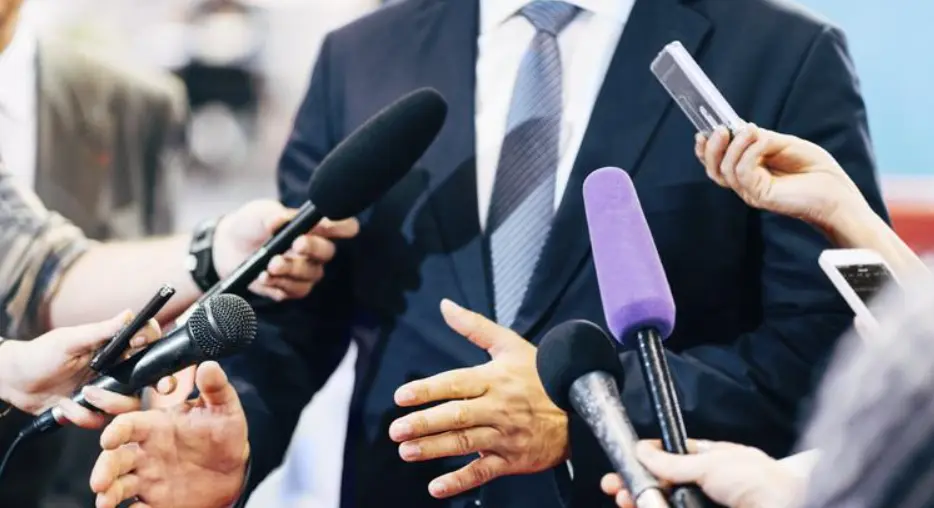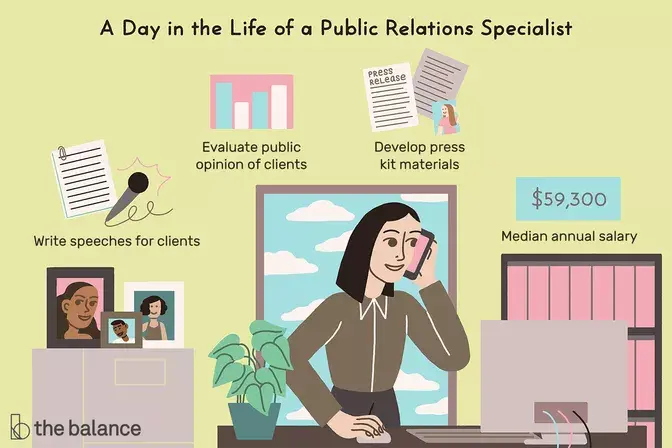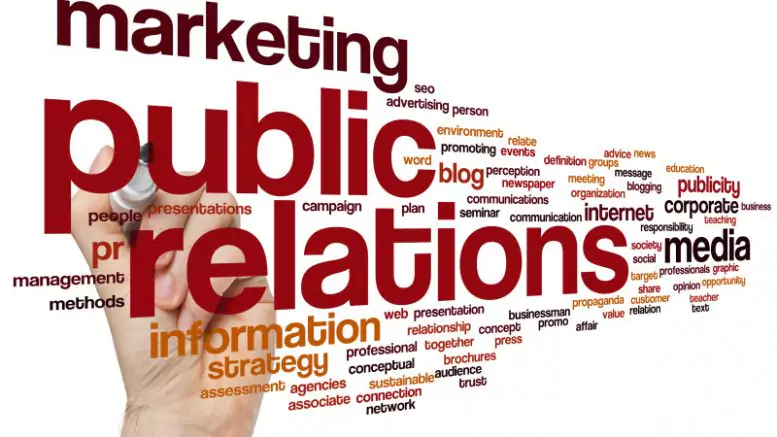Major Difference Between Public Relations and Journalism

Major Difference Between Public Relations and Journalism
There has been an unspoken partnership and rivalry between both the journalism and public relations industries. Both function with similar outlets whether it is television, print, etc. Differentiating and defining the two is bothersome for various associations, students, professors, and industry professionals.
WHAT DO JOURNALISTS DO?

Journalists believe that they push people past satisfaction, they provide a strong voice to the voiceless. In simpler words, they work for the people in the society and not media houses per se. Journalists gather the required information before they can start pursuing a story. There are three ways to do that, firstly, observation, a journalist attends lectures, events, and other public forums to witness matters and proceedings that will be debated. They can also conduct tests, polls, and experiments to obtain details and facts.
Secondly, interviews are a great way to gather necessary data. A journalist can interview leaders, politicians, witnesses, officeholders, and anybody who can offer pertinent material for the story. These interviews can be managed through letters, on the phone, face-to-face, or via any other online platform.
The third important way is research; a journalist may use the library, internet, journals, archives, scholarly work, government documents, bibliographies, and reference books to gather stories. Research can also be conducted by viewing audio-visual data, reading newspapers, and watching television. These tools help Journalists to provide accurate data to society.
Journalists inform society about several issues and how they can affect them and educate people to make more informed choices. Journalism keeps people on their toes and drives them to do the correct thing. This can also lead to arresting people who break the law or bringing careless people to book.
WHAT DO PUBLIC RELATIONS PERSONS DO?

The roles of public relations vary in different organizations and work levels. Their purpose and job are to serve their organizations and clients. Public relations persons do a lot of editing and writing of numerous communication materials for their external and internal stakeholders.
They write feature stories as thought leaders, news releases for broadcast media and print, and compose the text for websites and newsletters. They also provide messages for press kits, trade publications, annual reports, documentary and film scripts, and technical collateral material.
Writing skills are paramount and necessary to play a role in public media work. A public relations person forms communication materials via production work such as computer desk-top publishing, photography, audio-video recording, and preparing audio-visual presentations.
Media relations are a vital job of a public relations person. It includes maintaining and developing personal and cordial relationships with the media. This warm relationship helps public relations persons to get access to important information, authoritative sources, and reliable leads.
A public relations person is supposed to coordinate and organize media soirees, news conferences, grand openings, product launches, visiting dignitaries, fundraising events, anniversary celebrations, and other special functions arranged by the organization. This needs spot-on and creative organizational skills, access to media coverage, access to vendors, and access to high-ranking people of the society.
Public relations persons are seen as the liaison between the organization and its employees, the media, the government, and the community. This role signifies that the public relations person must manage conflict, listen, negotiate, and entertain their organizations’ guests.
MAJOR DIFFERENCES BETWEEN PUBLIC RELATIONS AND JOURNALISM

ROLES IN A COMPANY AND ORGANIZATION
At a news organization, employees have one role. For instance, editors will edit, reporters will report, etc. They serve the public. On the other hand, public relations professionals can have multiple clients and provide help to various people at one time. This can differ depending on the situation, for example, a professional at the TV news station can report, edit, and anchor.
ACQUIRED OR TARGETED AUDIENCES
Journalism has an acquired audience; they don’t focus specifically on a particular target. The news and information they publish are direct of interest to the public. On the other hand, public relations professionals have a specific target audience to build support and relay a message for an idea, product, or brand.
FREEDOM OF CREATIVITY AND EXPRESSION
Journalists usually have the freedom to demonstrate their stories because they are consistently pitching ideas and looking for them. But in the public relations world, they are working for a client. They need to form stories for the brand and communicate interestingly with the target audience.
SUBJECTIVE V/S OBJECTIVE
One of the differences between the two industries is that journalism shall always remain objective, while public relations are generally subjective. Journalism has an objective approach because it reports facts and whether or not the journalist agrees. Objectivity is true in print and broadcast journalism, although it has become quite regular in recent times to take a slight stance on various issues. Public relations are subjective because it is convincing and influence the audience to support a client’s product or brand.
PUBLIC RELATIONS GOALS

- Communicating and convincing the audience of the organization.
- Enhancing the image of the organization in the public.
- Protecting the reputation and name of a particular organization.
- Maintaining the character and a favorable image.
JOURNALISM GOALS

- Supplying crisp and reliable news content
- Keeping the society informed on issues, events, and important people in the world.
- Offering valuable facts and information for people to make correct choices.
- Creating a well-informed public.
- Checking the power of the government and offering a good flow of communication.
CONCLUSION
The roles and goals of the public relations persons and that of a journalist vary extensively. However, these roles make them meet on several platforms and engage in many ways. This might give each other a viewpoint of their respective roles but does not mean that they fully understand each other’s work. Both the jobs are not a typical 9-5; they have a lot of impromptu writing and assignments. They also constantly need to communicate, research, and keep an open eye for the information. Their communication pattern is different, interesting, and diverse. Experience and learning is the one way out public relations are to know what journalism is all about and vice versa.

Blog Admin:
Ravinder Bharti
CEO & Founder - Public Media Solution
About: Ravinder Bharti is the Founder and CEO of Public Media Solution,
a leading
marketing, PR, and branding company based in India.